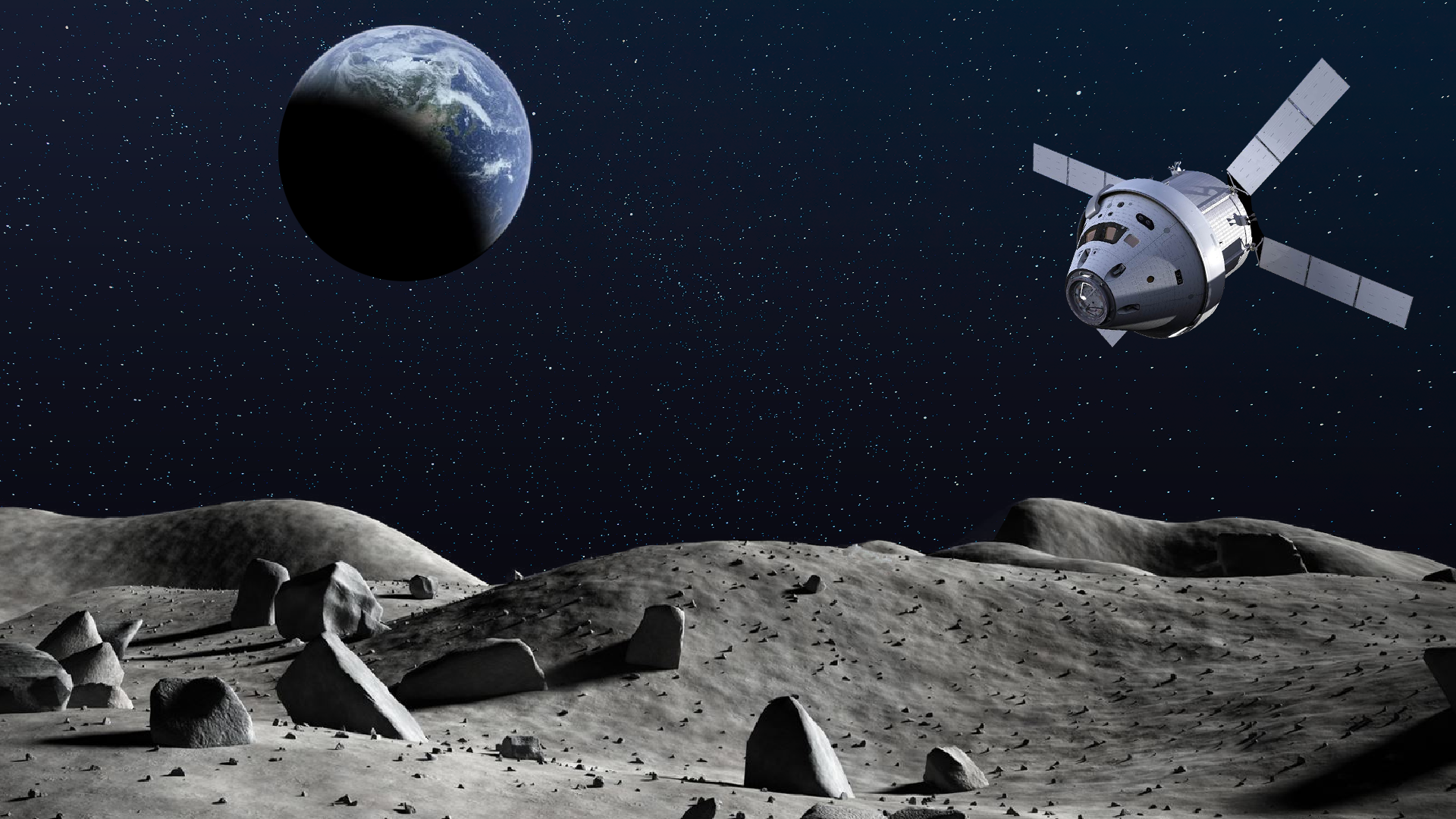
CryoMATI
Cryogenic Mass and Tomography Indicator
Team 514

CryoMATI
Cryogenic Mass and Tomography Indicator
Team 514
Measuring fuel levels of a cryogenic propellant is an important role in furthering space travel. Due to the microgravity environment of space and cryogenic exposure, this is a difficult problem with limited solutions. The purpose of this project is to develop a liquid detection system that monitors and gauges fuel within a rocket.
Cryogenic propellants, such as liquid methane and liquid hydrogen, are used for rocket fuel. These fluids have a low boiling point of approximately -253°C. Once past the boiling point, the liquid will change phase, from liquid to gas. The liquid state of these cryogens is used for fuel while the gas is useless. Heat leaks in from the walls of the tank, causing this phase transition. Once in space, the gas forms into bubbles and collect at the center of the tank.
NASA has supplied the Fiber Optic Sensing System (FOSS) used for this project. Optical fibers utilize Fiber Bragg Gratings (FBG), which are lightweight and can withstand a cryogenic environment, making them a viable option for this application. The FBG sensors along the optical fiber determine the state of the fluid, gas or liquid.
The design will include a structure that has several rings, used to thread the fiber optic cables in the shape of a helix. The fiber optic cable will encompass the center of the tank, surrounding the bubbles that form, to determine where they begin and end. Once the amount of gas is determined, the liquid volume can be calculated.
This detection system will monitor the amount of fuel before and after thrust maneuvers. The precise amount of fuel needed for space travel can be determined from these readings, decreasing the extra fuel storage and the overall weight of the shuttle, which is crucial for aerospace applications.
created with
Website Builder Software .